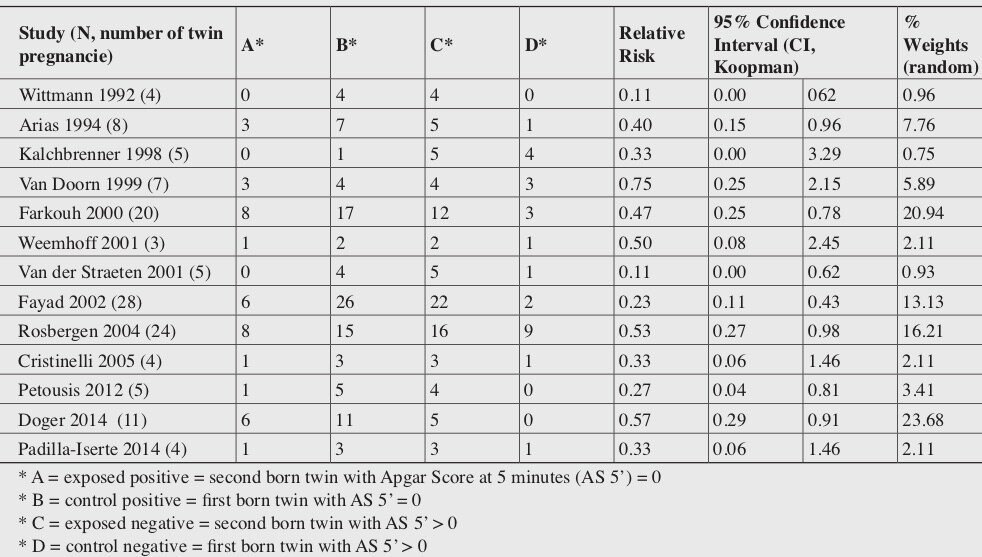This is the first of two posts for Kiddushin 25 which will be studied on Thursday September 7th.
קידושין כה, א–ב
א"ר חייא בר אשי אמר רב היתה לו יתרת וחתכה עבד יוצא בהן לחירות, אמר רב הונא והוא שנספרת על גב היד
Rav Hiyyah bar Ashi said in the name of Rav: if a slave had an extra finger and his master cut it off, the slave is freed on account of this act. Rav Huna said this only applies if the extra finger is in line with the others [lit. counted alongside the hand].
Polydactyly (from the Greek daktylos, meaning finger), is a developmental abnormality in which there are more than the customary five fingers or toes at the end of the arms and legs. It has long been recorded in ancient civilizations - and is even mentioned in our own Hebrew Bible. Do you know who is described there as having a total of twenty four fingers and toes? (Click here to find out.)
Polydactyly is classified by the location of the extra digit: If it is found on the thumb or big toe, it is called preaxial polydactyly. If it is found on the the little (fifth) finger or toe it is called postaxial polydactyly. Accessory digits in-between are classified according to their location and where they join the hand or finger. Syndactyly, on the other hand (!) occurs when there are fewer than five fingers or toes on each limb. (We will discuss syndactyly when we study tractate Bechorot, (daf 45a), on November 2nd 2026, הבעל"ט.)
Rav Huna's Classification, and Swanson's classification
There are many different ways to classify polydactyly - although the most commonly used is the 1964 Swanson classification system, a modified version of which was adopted by the American Society for Surgery of the Hand and the International Federation of Societies for Surgery of the Hand in 1976.
But Rav Huna, who died in Babylon around the year 296 CE, developed his own classification system long before Swanson, and it is based on simple observation: does the extra digit seem to begin in line with the other fingers, or does its origin seem to lie above them? For Rav Huna, an extra digit that originated beyond the metacarpal-phalyngeal joint (the knuckle for our non-medical reader) in the hand, or beyond the metatarsal-phalageal joint in the foot did not have the legal status of a normal digit. So an act of assault by the owner of a slave in which this kind of digit was amputated would not legally count as sufficient cause to allow the slave to gain his freedom. With this information, look at the drawings below and decide in which case the loss of the extra digit would be sufficient cause for the slave to be freed.
Various forms of postaxial (ie. not on the big toe) Type A polydactyly of the foot, ranging from a partially duplicated fifth intermediate phalanx (top left) to a fully developed sixth digit, including the metatarsal (bottom right). From Case DT. Hill RJ. Merbs CF. Fong M. Polydactyly in the Prehistoric American Southwest. Journal of Osteoarchaeology 2006: 6: 221–235.
If the slave had an extra fifth toe outlined in Figures 2-6, its loss would result in the slave going free. In all these cases, the extra digit arises in line with the base the the other toes (and in Figure 6, the extra toe is joined to an extra metatarsal). But in Figure 1, the extra fifth digit arises from the distal end of the fifth distal phalange (or, for our non-medical reader, the tip of the pinky); in this case its traumatic amputation by the slave's owner would not result in the slave gaining his freedom.
This categorization appears to be another previously unrecognized medical first in the Talmud: Rav Huna's classification of polydactyly.
“היתה לו אצבע יתירה וחתכה, אם עומדת בסדר האצבעות יוצא לחירות ”
Polydactylous feet from Newspaper Rock in Indian Creek State Park, Utah. These carvings in rock are called petroglyphs, and were made by native Americans as long as 1,500 years ago.
















